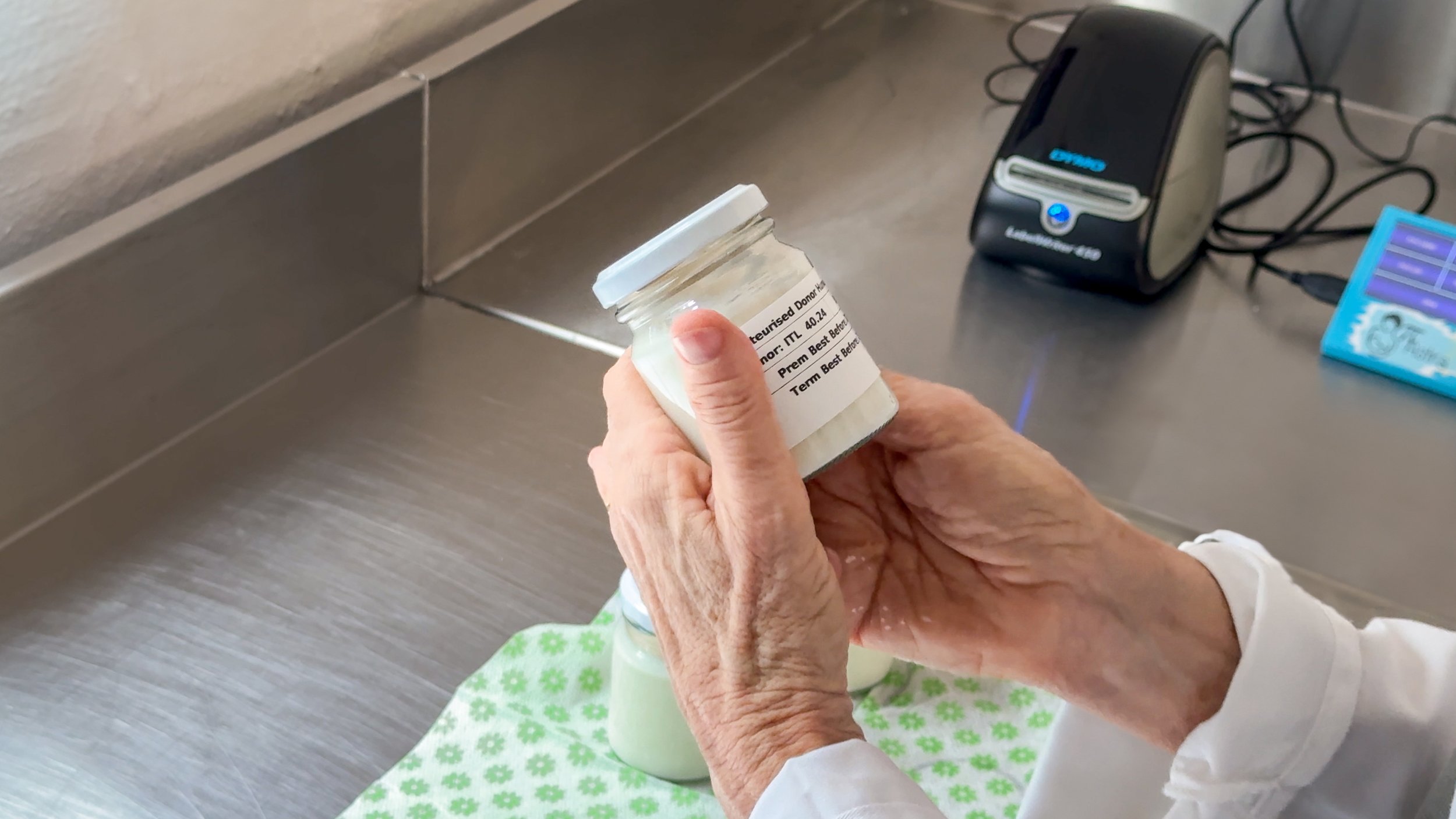
Setting Up a Human Milk Bank
Before you decide to set up a human milk bank, first invest in improving exclusive breastfeeding rates in your hospital. Ensure that your hospital is Baby Friendly accredited and that you have sufficient, well trained, compassionate lactation counsellors who will provide support to mothers to enable them to breastfeed successfully.
How to Set Up a Human Milk Bank
Set up a team of interested parties, which should ideally include your Ministry of Health.
Team should include:
Neonatologist/Paediatrician/Medical Officer
Specialist Neonatal Nursing Sister
Lactation Consultant
Dietitian
Laboratory Technician
Infection Control Nurse
Maternity Manager/Matron
Milk Bank Coordinator
Source funding for set up.
Requirements include:
Dedicated room with stainless steel tops
Wash hand basin and plug points
Freezer and fridge
Pasteuriser/ bottles
Guidelines and standard operating procedures on running a human milk bank must be written or obtained from other milk banks within the country/continent/internationally.

Community, Staff & Donors
Educating the community and staff
Embark on advocacy training education of all staff who will be involved in the maternity unit/hospital. Training on the operation of a human milk done should be done and updated annually.
Decide who the donor mothers will be and undertake an information and education campaign on donor milk banking within the community. This should include; what it is why it’s important and who would be eligible to donate milk. Various media channels can be used; local radio stations, newspapers, magazines, local antenatal clinics within hospitals, child health clinics and doctors rooms.
Recruiting donor mothers
Of utmost importance is that human milk banking has to go hand-in-hand with the promotion, protection and support of breastfeeding. This support should begin antenatally and continue within a community after delivery. Donor mothers should be supported in breastfeeding their own infants and should be sure to prioritise this, before agreeing to donate milk. Preferably they should establish lactation first (6 weeks) before they are approached to donate. Unless they have a low- birthweight baby in the NICU and are expressing to maintain a supply for them.
Donor mothers should undergo lifestyle and serology screening laid down in the guidelines, prior to being accepted as donors. Once accepted they should be instructed on good hygiene is expressing and storing their milk and should be told to notify the milk bank should they or their baby become ill. Also, should they feel that their milk supply is dropping off and they are struggling to sustain an extra supply for donating, they should stop donating.
Recruiting donor mothers should be the responsibility of all staff, nurses and doctors, in the antenatal clinics, in labour ward, and in the postnatal wards. Women delivering term infants should not be expected to donate milk as the small amount of colostrum they have is needed for their own babies. However, women who have low- birthweight infants who need to express regularly (8-12 x in 24 hrs) are ideal candidates to donate. Sourcing healthy mothers within the community to donate milk is a strategy found to be useful in sustaining an adequate supply of donor milk.
Ensuring success in the long term
The key to success in sustaining a milk bank is commitment and passion of all the staff involved. Ultimately one person has to be responsible for driving the bank and he/she needs to be supported by a committed team. Regular meetings updates, training, sharing successes and challenges keeps the milk bank uppermost in everyone’s minds. Documenting and record keeping of improvement in the conditions of infants on donor milk also serve to encourage those involved.
Donor milk banking’s goal is successful breastfeeding!
